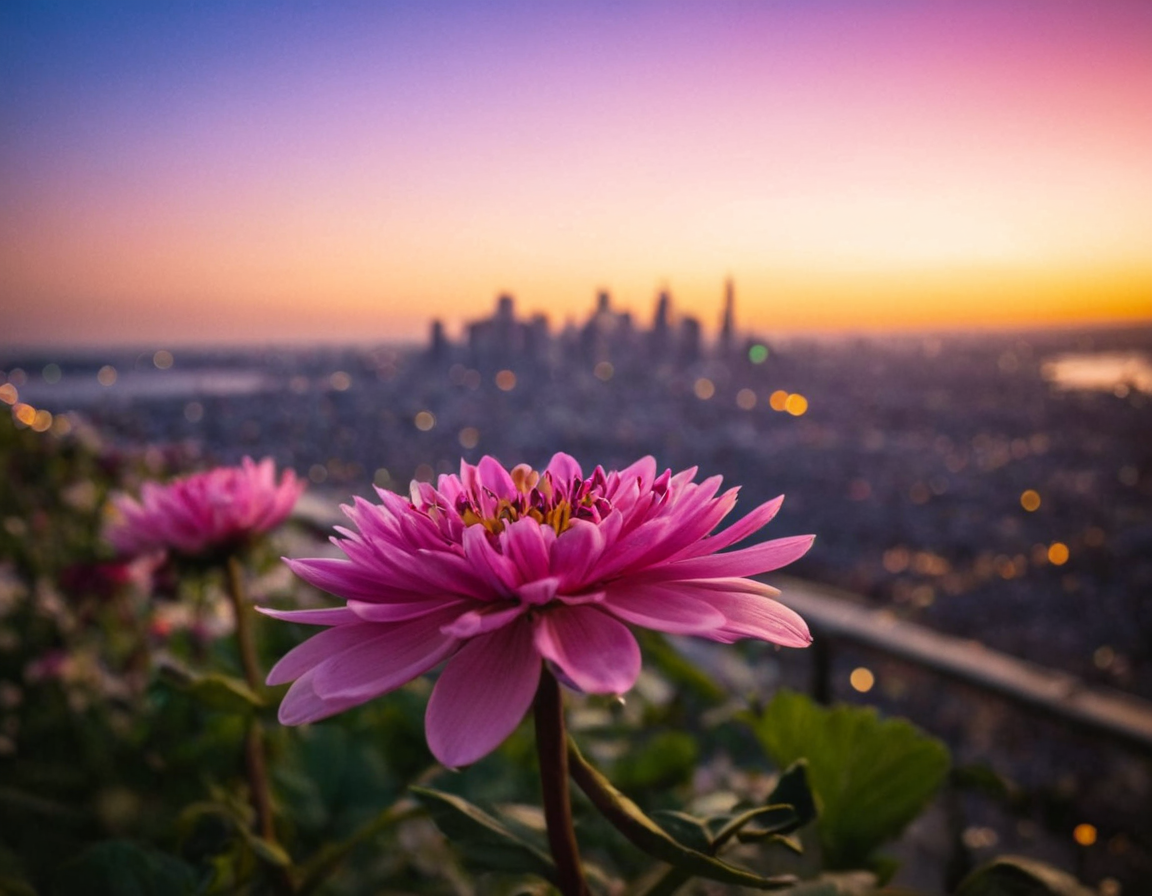Master Bokeh Creation Today!

Unleashing Creative Control: Advanced Techniques for Customizing Bokeh in Your Photos
As photographers, we’re constantly seeking ways to push the boundaries of our craft and capture images that truly stand out. One often-overlooked aspect of this pursuit is the art of bokeh – a term used to describe the aesthetic quality of out-of-focus areas in an image. In this article, we’ll delve into the world of advanced techniques for customizing bokeh in your photos, empowering you to take your photography to new heights.
Introduction
Bokeh has become an increasingly popular topic within the photography community, with many enthusiasts and professionals alike seeking ways to manipulate its characteristics to create unique and captivating images. While some may view bokeh as a purely aesthetic aspect of photography, it’s essential to recognize that mastering its manipulation can also significantly impact the overall visual storytelling in your work.
In this article, we’ll explore advanced techniques for customizing bokeh, including both practical methods and theoretical considerations. We’ll examine various approaches, from modifying existing settings to experimenting with novel methods that push the boundaries of what’s thought possible.
Understanding Bokeh
Before diving into the nitty-gritty of customization, it’s crucial to have a solid grasp of the underlying principles of bokeh. In essence, bokeh refers to the way light interacts with the camera’s lens and surrounding environment. Different shapes, sizes, and materials can all contribute to unique patterns and textures in your images.
Practical Methods for Customizing Bokeh
While some photographers might shy away from delving into complex techniques, it’s essential to recognize that there are numerous methods available for customizing bokeh without resorting to extreme measures. Here are a few practical approaches:
1. Using the right lenses
While not all lenses will provide the desired level of control over bokeh, some are specifically designed with this aspect in mind. For instance, certain macro lenses or specialized portrait lenses can produce unique, artistic effects that might be difficult to achieve otherwise.
2. Manipulating aperture settings
Aperture plays a significant role in determining the quality and shape of your bokeh. By adjusting the f-stop value, you can experiment with different apertures to achieve the desired effect. However, it’s essential to note that extreme aperture values (very high or very low) can result in an unnatural, unflattering look.
3. Utilizing selective focus techniques
Selective focus techniques allow you to concentrate attention on specific areas of your image while deliberately blurring others. This approach can be used to create visually striking compositions and add depth to your photographs.
Theoretical Considerations: Pushing the Boundaries
While practical methods can yield impressive results, there’s also value in exploring theoretical considerations that can help you push the boundaries of what’s possible with bokeh customization.
1. Light shaping and manipulation
Light is a fundamental component in the creation of bokeh. By experimenting with different light sources, shapes, and materials, you can create unique patterns and effects that would be challenging to achieve through traditional methods alone.
2. Advanced lens modifications
For those willing to take on more extreme approaches, modifying lenses can provide unparalleled control over bokeh characteristics. However, this requires a significant amount of expertise and specialized knowledge.
Conclusion
Customizing bokeh is an art form in its own right, offering photographers a wealth of creative possibilities for pushing the boundaries of their craft. By mastering practical methods and exploring theoretical considerations, you’ll be empowered to take your photography to new heights and produce images that truly stand out from the crowd.
As you delve into the world of advanced bokeh customization, remember to always push yourself outside of comfort zones and challenge existing norms. The most compelling photographs often result from a willingness to experiment and take risks – so don’t be afraid to try something new and see where it takes you.
What’s your favorite technique for customizing bokeh? Share your experiences in the comments below!
About David Lopez
As a seasoned photographer and blogging expert, I help creatives refine their craft on lentecreativa.com. With a focus on practical tips & techniques, I inspire photographers to push boundaries and capture stunning images.
